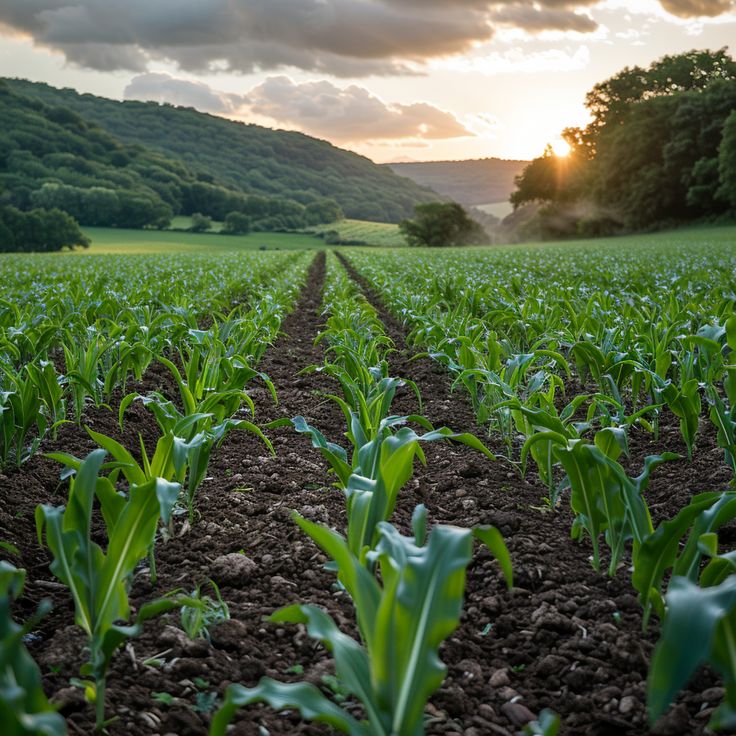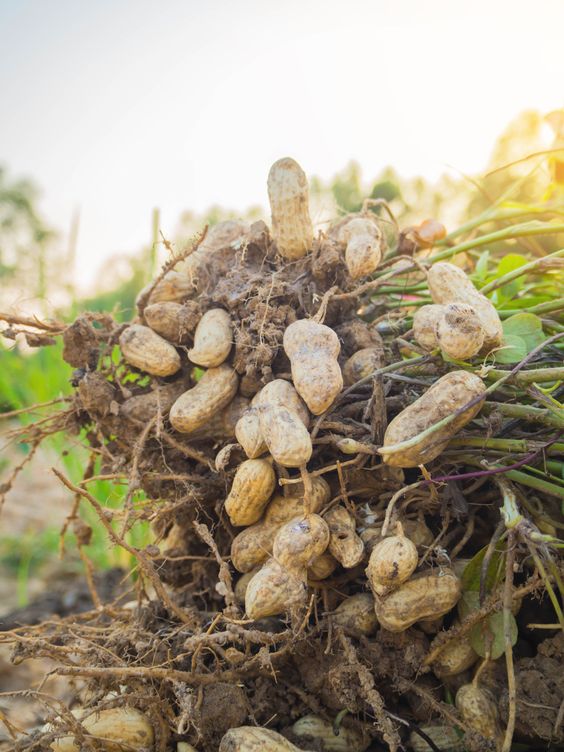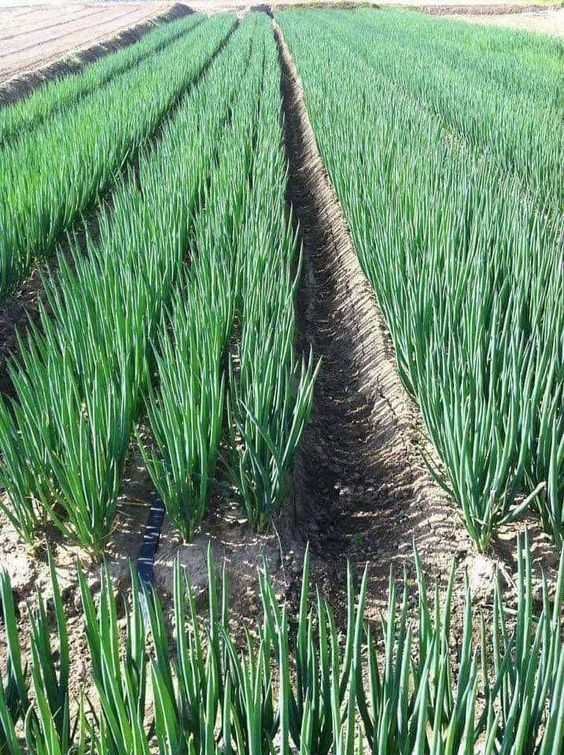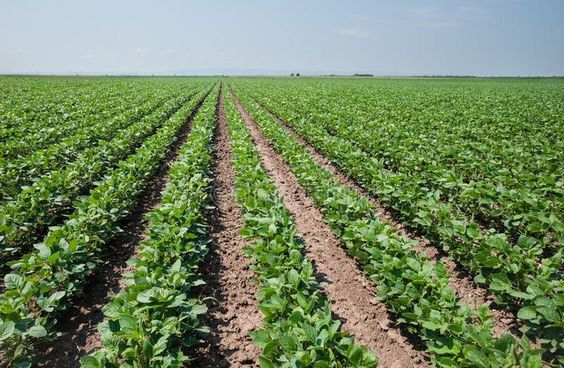Agricultural Data Exchange: A Catalyst for Smart Agriculture
Agricultural Data Exchange,The agricultural sector stands at the precipice of a transformative era, driven by the convergence of technology and traditional farming practices. At the heart of this revolution lies the concept of Smart Agriculture, a data-centric approach aimed at optimizing agricultural processes, enhancing productivity, and ensuring sustainability. Central to realizing the potential of Smart Agriculture is the seamless exchange of agricultural data. This article delves into the intricacies of agricultural data exchange, its pivotal role in fostering Smart Agriculture, and the myriad benefits it offers to farmers, researchers, policymakers, and the global food system.
Contents
Agricultural Data Exchange
Agricultural data encompasses a vast array of information collected from diverse sources, including:
- Soil data: Properties like pH, organic matter, nutrient content, and moisture levels.
- Weather data: Temperature, humidity, precipitation, wind speed, and solar radiation.
- Crop data: Variety, planting date, growth stage, yield, and quality parameters.
- Livestock data: Breed, health records, production metrics, and feed consumption.
- Machinery data: Equipment performance, maintenance records, and fuel consumption.
- Economic data: Market prices, production costs, and financial performance.
- Geographic information systems (GIS) data: Land use, topography, and soil maps.
The Role of Data Exchange in Smart Agriculture
Agricultural data exchange involves the secure and efficient transfer of data between various stakeholders within the agricultural ecosystem. This exchange is facilitated by advanced technologies such as the Internet of Things (IoT), cloud computing, and data analytics. Key components of agricultural data exchange include:
- Data collection: Employing sensors, drones, and satellite imagery to gather data from diverse sources.
- Data transmission: Utilizing wireless networks, cellular connectivity, and satellite communication to transmit data.
- Data storage: Storing data securely in cloud-based platforms or on-premises servers.
- Data processing: Analyzing data using advanced algorithms and machine learning techniques.
- Data visualization: Presenting data in user-friendly formats, such as maps, graphs, and dashboards.
- Data sharing: Enabling secure and controlled access to data for authorized users.
Benefits of Agricultural Data Exchange
The benefits of agricultural data exchange are far-reaching and encompass various aspects of the agricultural value chain:
- Enhanced decision-making: Data-driven insights enable farmers to make informed decisions regarding crop selection, planting schedules, irrigation, fertilization, and pest management.
- Increased productivity: Optimized resource utilization, improved crop yields, and efficient livestock management contribute to higher productivity.
- Improved sustainability: Data-driven practices help reduce environmental impact by minimizing chemical inputs, conserving water, and optimizing land use.
- Risk management: Early warning systems for pests, diseases, and adverse weather conditions enable farmers to mitigate risks and protect their investments.
- Market intelligence: Access to real-time market data empowers farmers to make informed pricing and marketing decisions.
- Research and development: Data sharing facilitates collaborative research and development efforts to address agricultural challenges.
- Policymaking: Data-driven insights support evidence-based policymaking for sustainable agriculture development.
Challenges and Opportunities
While agricultural data exchange holds immense promise, it also presents challenges that need to be addressed:
- Data quality and standardization: Ensuring data accuracy, reliability, and compatibility across different systems is crucial.
- Data security and privacy: Protecting sensitive data from unauthorized access is paramount.
- Infrastructure development: Investing in robust communication networks and digital infrastructure is essential.
- Digital literacy: Building capacity among farmers and other stakeholders to utilize data effectively.
- Interoperability: Developing standards for data exchange to facilitate seamless integration between different systems.
Addressing these challenges presents significant opportunities for innovation and collaboration. By overcoming these hurdles, the agricultural sector can unlock the full potential of data-driven agriculture.
Case Studies
To illustrate the practical applications of agricultural data exchange, let’s explore some successful case studies:
- Precision agriculture: Farmers use real-time data on soil conditions, weather patterns, and crop growth to apply precise amounts of water, fertilizers, and pesticides, resulting in increased yields and reduced environmental impact.
- Livestock monitoring: Sensors attached to animals collect data on health, behavior, and location, enabling farmers to optimize feed, detect diseases early, and improve animal welfare.
- Supply chain optimization: Data-driven insights help optimize transportation, storage, and distribution of agricultural products, reducing food waste and ensuring product quality.
- Climate-smart agriculture: Farmers use data to develop climate-resilient farming practices, such as drought-tolerant crop varieties and efficient irrigation systems.
Data Governance: The Foundation of Trust
Data governance is the bedrock upon which a robust agricultural data exchange ecosystem is built. It encompasses the policies, processes, and controls that ensure data is managed and used responsibly. Key components of data governance include:
- Data ownership: Clearly defining who owns the data and has the right to access and use it.
- Data quality: Establishing standards and procedures for data collection, validation, and cleaning.
- Data security: Implementing measures to protect data from unauthorized access, disclosure, modification, or destruction.
- Data privacy: Safeguarding personal and sensitive information according to legal and ethical guidelines.
- Data retention: Defining data lifecycle management policies, including data storage, retention, and disposal.
By implementing effective data governance practices, agricultural stakeholders can build trust, enhance data reliability, and mitigate risks associated with data sharing.
Ethical Considerations
As agricultural data becomes increasingly valuable, ethical considerations must be at the forefront of data exchange. Key ethical principles include:
- Fairness: Ensuring that data is used equitably and does not perpetuate existing inequalities.
- Transparency: Being open and transparent about data collection, use, and sharing practices.
- Accountability: Establishing mechanisms for accountability in case of data breaches or misuse.
- Consent: Obtaining informed consent from individuals whose data is being collected and used.
By adhering to ethical principles, the agricultural sector can build public trust and ensure that data is used for the benefit of all.
Future Trends in Agricultural Data Exchange
The landscape of agricultural data exchange is evolving rapidly, driven by technological advancements and changing market dynamics. Key trends to watch include:
- Artificial intelligence (AI) and machine learning: Leveraging AI and machine learning to extract valuable insights from data and automate decision-making processes.
- Blockchain technology: Utilizing blockchain to create secure and transparent data sharing platforms.
- Digital twins: Creating virtual representations of physical assets to optimize management and maintenance.
- Edge computing: Processing data closer to the data source to reduce latency and improve responsiveness.
- Data marketplaces: Developing platforms for buying and selling agricultural data.
These trends hold the potential to revolutionize agriculture by enabling new business models, improving efficiency, and driving innovation.
Agricultural data exchange is a powerful tool for driving sustainable and profitable agriculture. By understanding the benefits, challenges, and opportunities associated with data exchange, stakeholders can work together to build a data-driven future for the agricultural sector. By prioritizing data governance, ethical considerations, and policy support, we can harness the full potential of data to address global food security challenges and build a resilient agricultural system.




